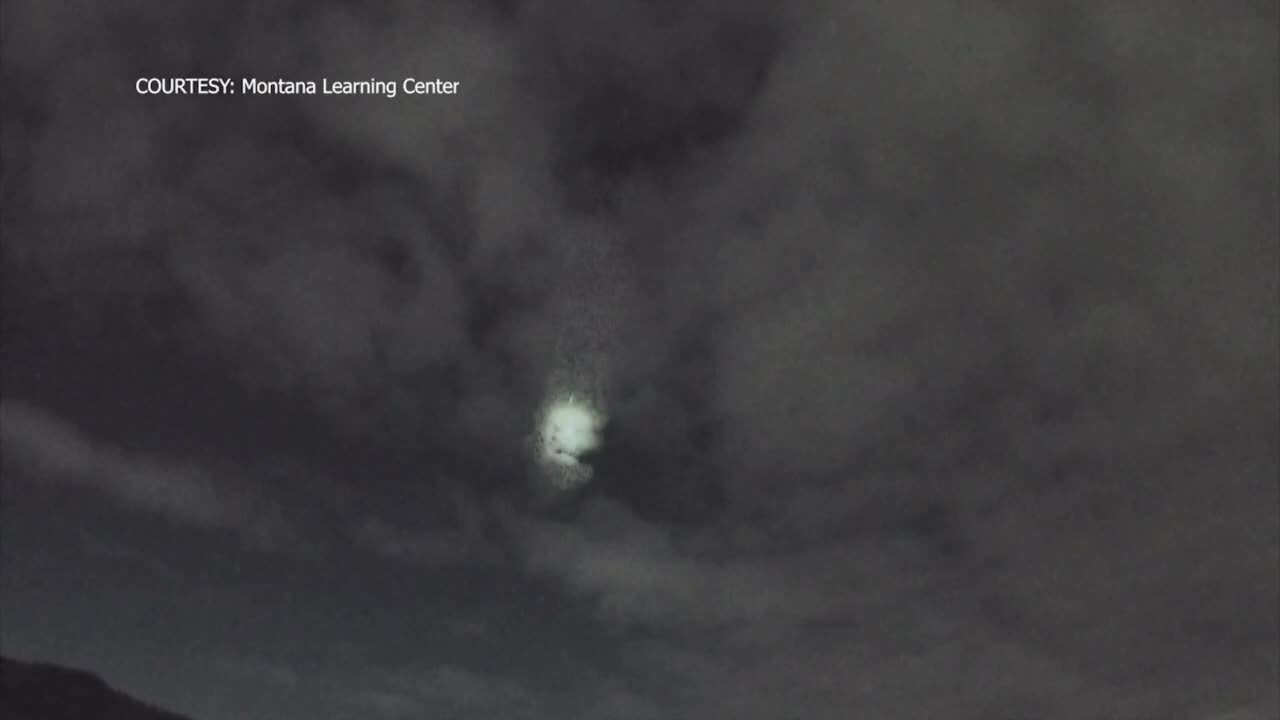Believed to be the first of its kind installed in Montana, the All Sky Fireball Camera System is capable of giving a 3D atmospheric trajectory of meteors as well as their velocity, magnitude, pre-atmospheric mass estimate for the meteoroid and determine the orbit of the meteoroid prior to hitting Earth.
MLC director Ryan Hannahoe says they were lucky to catch the fireball: "We just set up the camera system and focused the camera on the night of the twenty-ninth and it just so happened about five or six hours later we captured that fireball," said Hannahoe. "So that was beginner's luck, as they call it."
The fireball phenomenon is when a meteor, otherwise known as a shooting or falling star, is larger than about a millimeter in diameter. The larger the size of the meteor, the bigger the flash in the sky.
"The one that we detected the other night was if you would take a look at the full moon in the nighttime sky, this was at least half as bright or brighter than the full moon itself," said Hannahoe.
True fireballs also have the ability to survive all the way to the Earth's surface and become meteorites. Meteorites are also the oldest rocks on the planet, with the oldest known meteorite being believed to have formed 7 billion years ago which is more than 2 billion years older than the sun.
"What's so cool about meteorites is they are literally our history," said Hannahoe.
According to the American Meteor Society, fireballs aren't all that rare with thousands happening each day. However the vast majority go unseen. If a fireball occurs over the ocean, uninhabited regions of the planet, on a cloudy night or during the day they will likely go unnoticed.
Seeing a shooting star - let alone a fireball - is special. The person has to be looking at the right place at exactly the right time or else they'll miss it. Most people will only see one or two fireballs in their entire life.
MLC's meteor tracking system will help preserve those moments to share with others while contributing to meaningful science.
"This is a scientific instrument that takes measurements that contributes to scientific databases," said Hannahoe. "This system is calibrated so it runs 24 hours every day, and is even capable of catching fireballs that are bright during the day."
The meteor tracking system will be fully integrated into MLC's astronomy programs to help inspire young stargazers to see that somewhere something incredible is waiting to be known.




Reader Comments
to our Newsletter